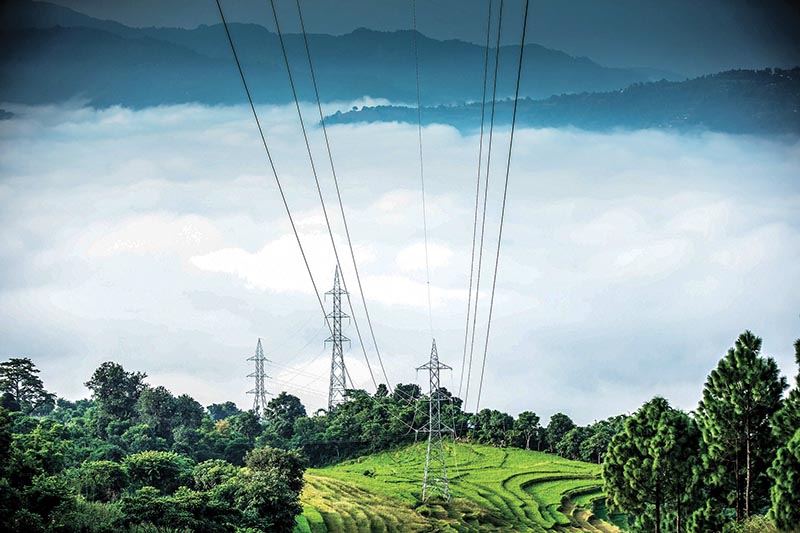Challenges to energy access highlighted
Kathmandu, February 28
Women, poor and various excluded groups face numerous structural barriers that prevent them from fully benefiting from Nepal’s energy sector, according to a new report from the Asian Development Bank (ADB).
‘Gender Equality and Social Inclusion Assessment of the Energy Sector’ assesses status of energy access in Nepal, and their implications for women and socially excluded.
“Ensuring adequate focus on gender equality and social inclusion is a long-term commitment and priority set out by Nepal government and shared by ADB,” said Francesco Tornieri, an ADB principal social development specialist. “Though this applies to all sectors, we see energy sector, one of the most challenging in this regard, as offering a range of remedies in both on-grid and off-grid systems.”
The report details how women in Nepal are responsible for fetching fuel and water for their households and various types of microenterprises. The amount of time and effort they spend on collecting fuel takes them away from jobs, education and other activities for ‘self-improvement’.
Further, continued dependence on traditional biomass has detrimental effects on women’s health. Being unable to access energy services, women struggle to pull themselves out of poverty, the report says.
The report further details how large sections of society do not have the means to buy or afford energy services even when they are near the point of supply. Even those who can afford improved services may not be able to pay for the ‘conversion technology’ that makes energy useful, like buying a stove, TV, house wiring, or motor.
As per the report, issue of poverty in Nepal has a strong gender, caste, regional, and geographic dimensions that is also reflected in the energy access. “Involvement of local communities in energy projects enhances access to energy, helps secure public acceptance, and improves impacts of energy services and technologies.”
It says that supportive policies and institutional frameworks are essential to address gender and social exclusion issues (GESI) in the energy sector. Equally important are political commitments and other national and regional processes that provide the scope for creating a conducive legal and social environment.
Structural barriers
Group
Nature of obstacles
Women
Patriarchal values; social stigma; discriminatory practices impacting women of diverse social groups; limited access to land and other economic assets; violence, including domestic violence; restrictions on mobility; limited voice and agency; and low decision-making authority
Janajatis
Language and culture not given due recognition, especially for the more disadvantaged Janajati groups; remoteness and geographical isolation; discrimination due to different cultures, traditions, and practices; higher levels of poverty; negative perceptions about Janajati women’s comparatively higher mobility and voice
Dalits
Continued practice of ‘untouchability’; deeply entrenched caste-based discrimination influencing interpersonal relations, social stratification, and occupations; low resource endowments; high levels of poverty; extremely high illiteracy rate, especially of Madhesi Dalit women
Madhesis
Unequal citizenship rights; language and cultural barriers; treated as non-Nepalis; differences across various Madhesi groups, with the situation of Madhesi Dalits being the worst; severe social subcaste groups
Religious minorities
Religious discrimination in a Hindu dominated society; language barrier; low resource endowment; high rates of poverty, especially among Muslims; and gender discrimination, particularly prevalent among Muslim women
Source: World Bank






